Themed collection Nanomaterial properties tuned by their environment

Nanomaterials properties tuned by their environment: integrating supramolecular concepts into sensing devices
Guest editors Paolo Samorì and Fabio Biscarini introduce the Nanomaterials properties tuned by their environment themed issue of Chemical Society Reviews.

Chem. Soc. Rev., 2018,47, 4675-4676
https://doi.org/10.1039/C8CS90066C
Biochemical sensing with macrocyclic receptors
This review summarizes recent developments in biochemical sensing using macrocyclic receptors, from molecular recognition to device fabrication and testing.
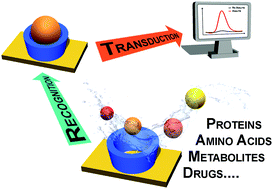
Chem. Soc. Rev., 2018,47, 7006-7026
https://doi.org/10.1039/C8CS00271A
Chemical sensing with 2D materials
During the last decade, two-dimensional materials (2DMs) have attracted great attention due to their unique chemical and physical properties, which make them appealing platforms for diverse applications in sensing of gas, metal ions as well as relevant chemical entities.
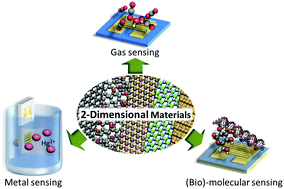
Chem. Soc. Rev., 2018,47, 4860-4908
https://doi.org/10.1039/C8CS00417J
Synergy between nanomaterials and volatile organic compounds for non-invasive medical evaluation
This review provides an insight into nanomaterial-based sensors for disease diagnostics via the detection of volatile organic compounds (VOCs).
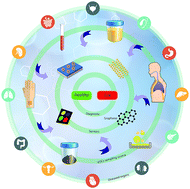
Chem. Soc. Rev., 2018,47, 4781-4859
https://doi.org/10.1039/C8CS00317C
The evolution of artificial light actuators in living systems: from planar to nanostructured interfaces
Artificially enhancing light sensitivity in living cells allows control of neuronal paths or vital functions avoiding the wiring associated with the use of stimulation electrodes.
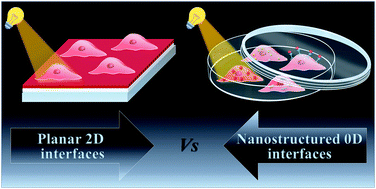
Chem. Soc. Rev., 2018,47, 4757-4780
https://doi.org/10.1039/C7CS00860K
Photochemistry and photophysics of MOFs: steps towards MOF-based sensing enhancements
In combination with porosity and tunability, light harvesting, energy transfer, and photocatalysis, are facets crucial for engineering of MOF-based sensors.
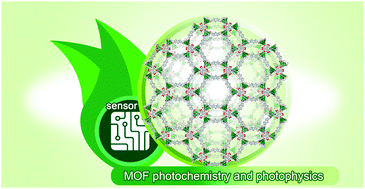
Chem. Soc. Rev., 2018,47, 4710-4728
https://doi.org/10.1039/C7CS00861A
Sensing and capture of toxic and hazardous gases and vapors by metal–organic frameworks
This review summaries recent progress in the luminescent detection and adsorptive removal of harmful gases and vapors by metal–organic frameworks, as well as the principles and strategies guiding the design of these materials.
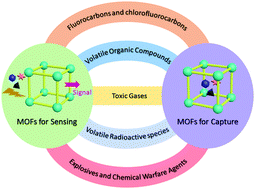
Chem. Soc. Rev., 2018,47, 4729-4756
https://doi.org/10.1039/C7CS00885F
Nanomaterial-based devices for point-of-care diagnostic applications
In this review, we have discussed the capabilities of nanomaterials for point-of-care (PoC) diagnostics and explained how these materials can help to strengthen, miniaturize and improve the quality of diagnostic devices.
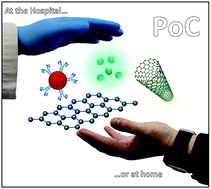
Chem. Soc. Rev., 2018,47, 4697-4709
https://doi.org/10.1039/C7CS00837F
Environmentally responsive plasmonic nanoassemblies for biosensing
Assemblies of plasmonic nanoparticles enable new modalities for biosensing.
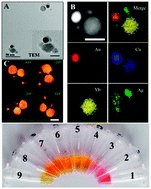
Chem. Soc. Rev., 2018,47, 4677-4696
https://doi.org/10.1039/C7CS00894E
About this collection
We are delighted to present this Chemical Society Reviews themed issue on ‘Nanomaterial properties tuned by their environment’, Guest Edited by Paolo Samori (University of Strasbourg, France) and Fabio Biscarini (University of Modena and Reggio Emilia, Italy). This issue focuses on the development of novel materials and their integration in sensing devices, providing key insights into this broad and multidisciplinary field.